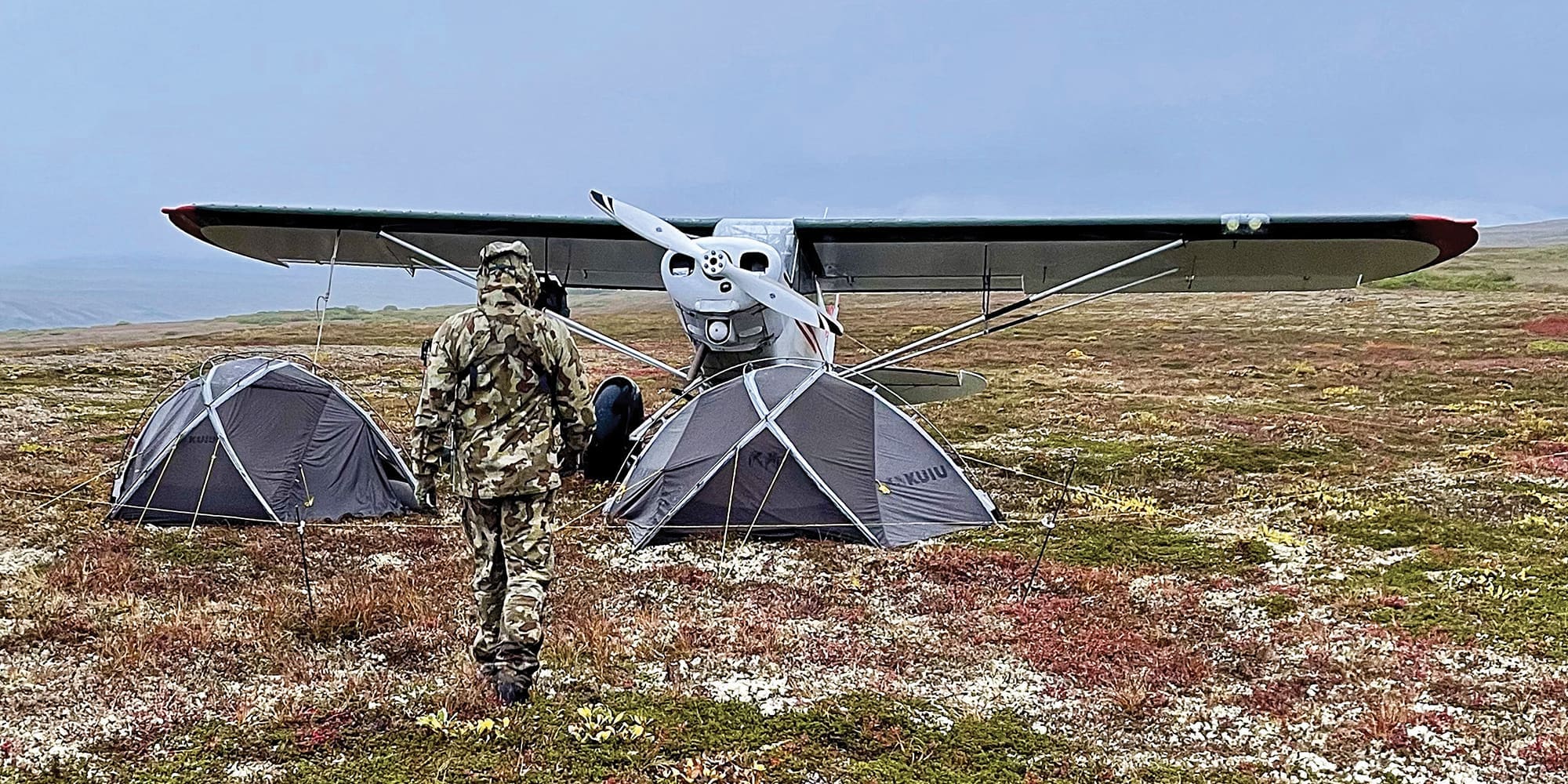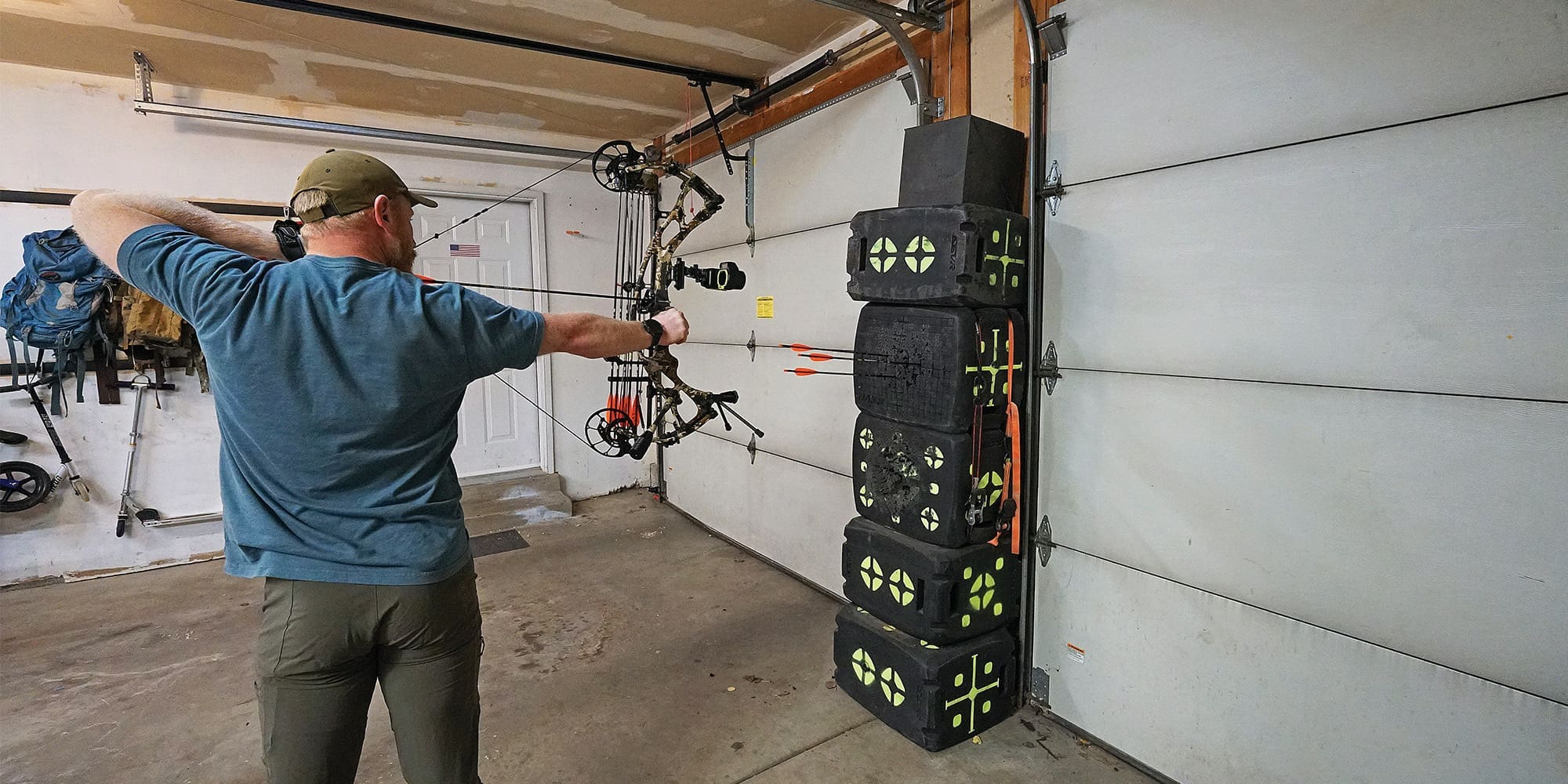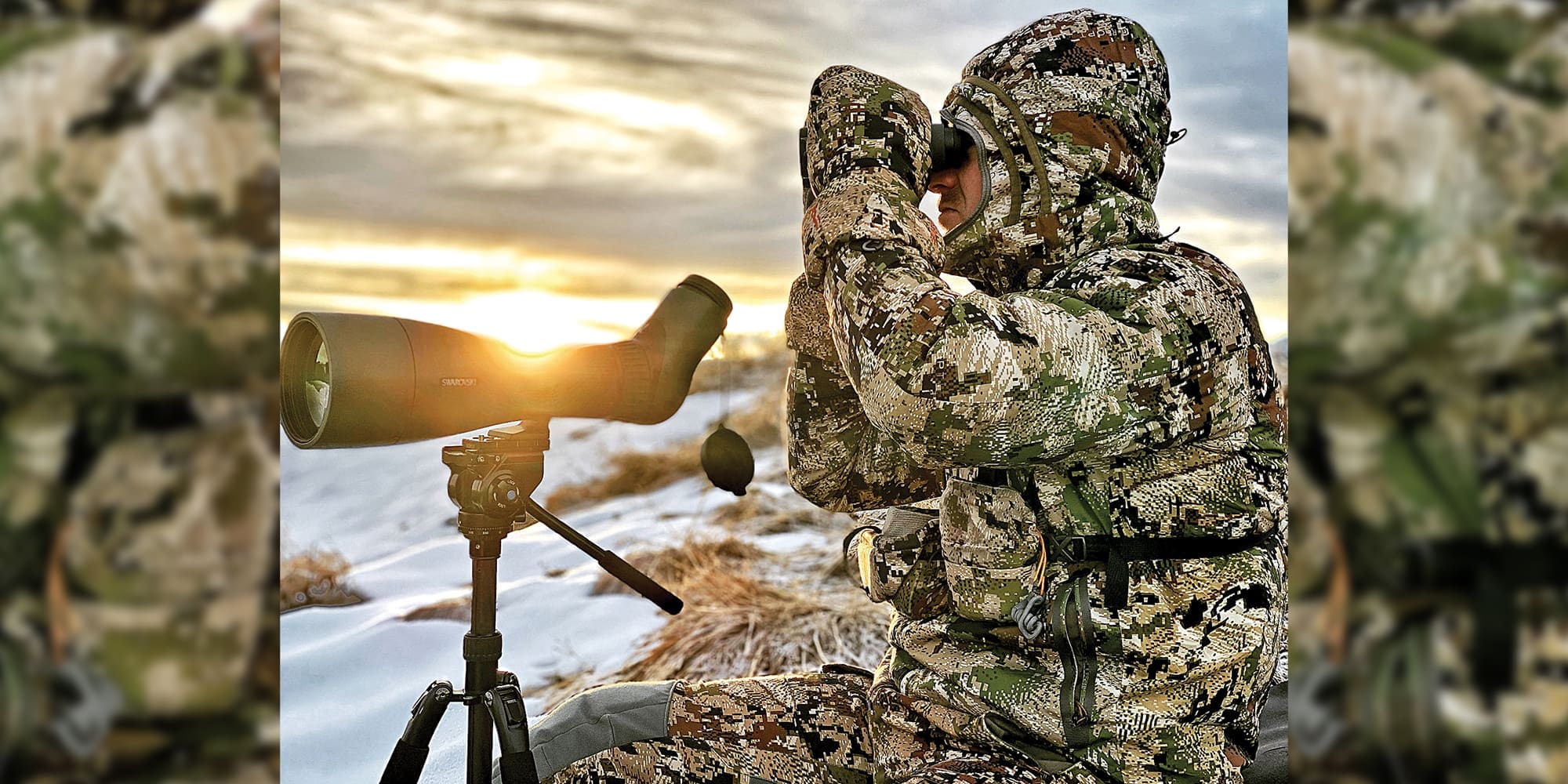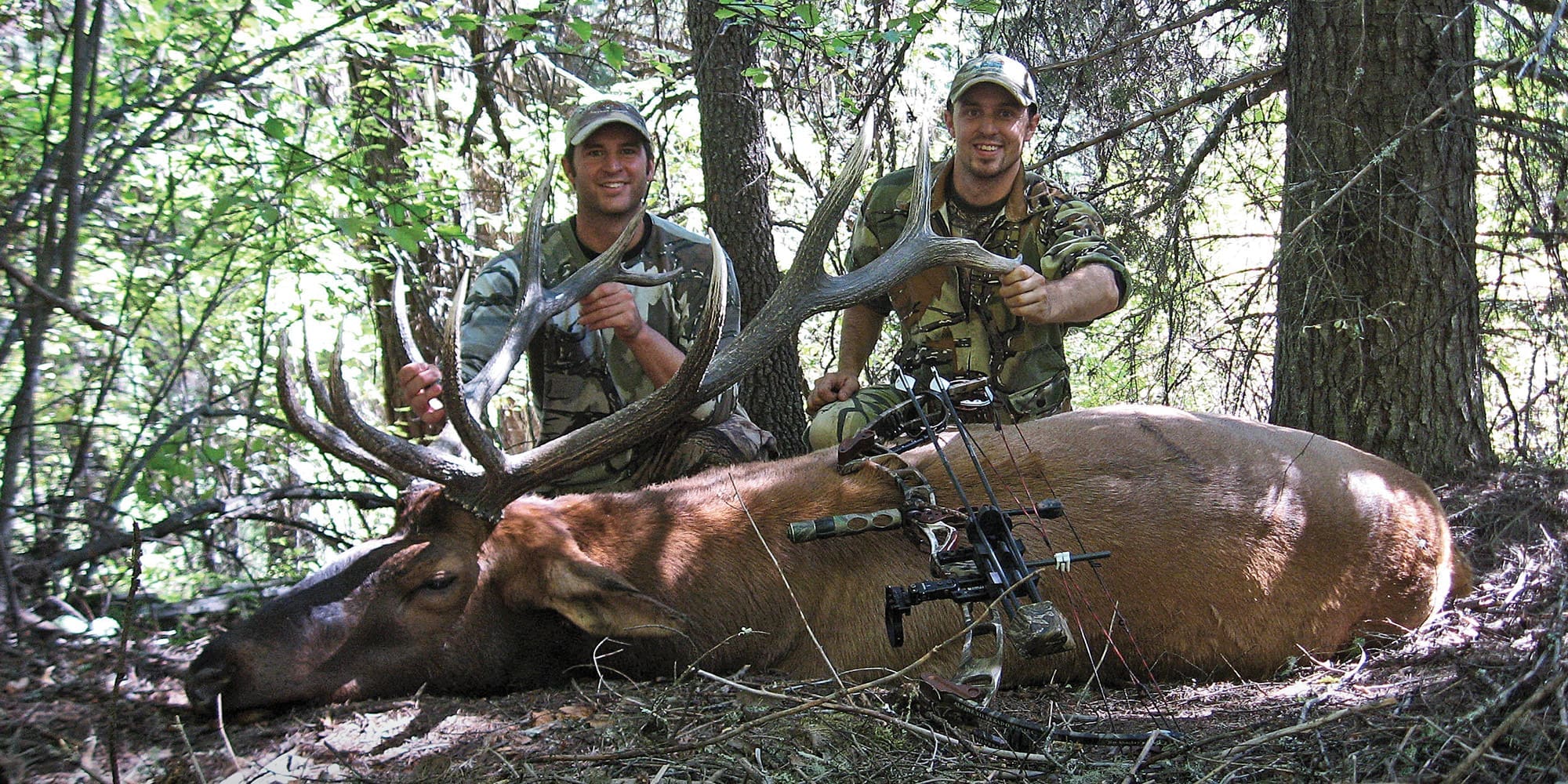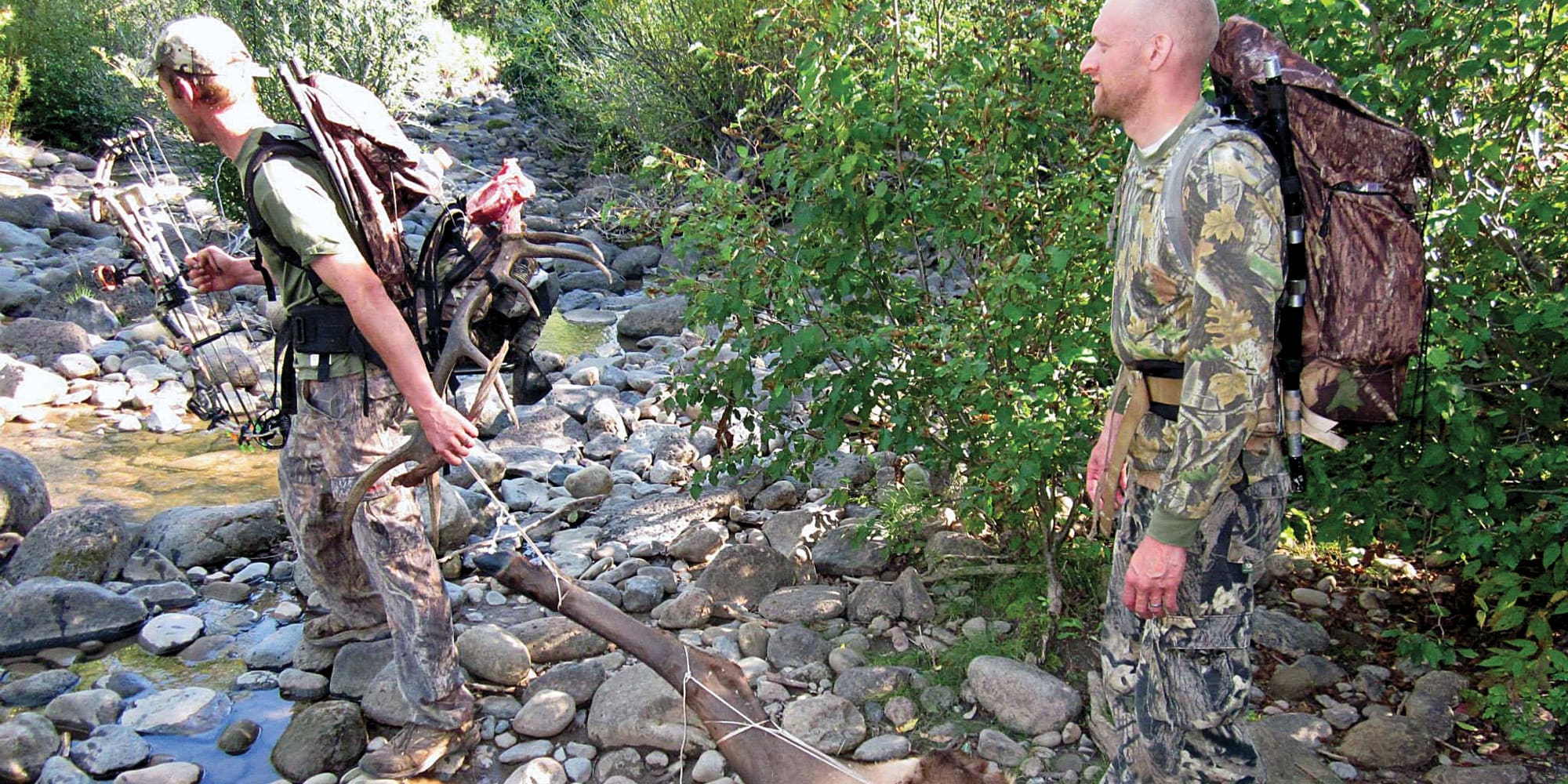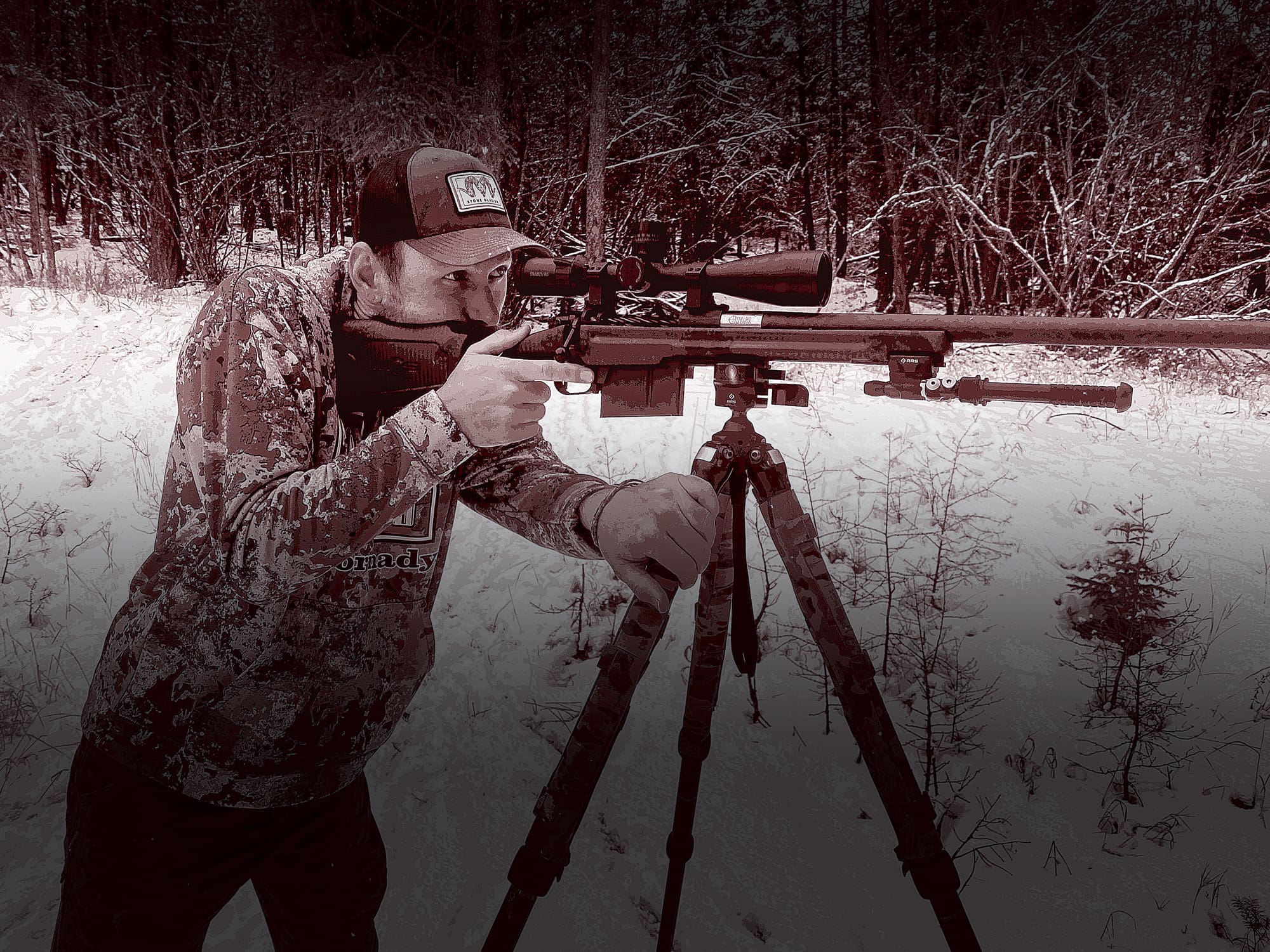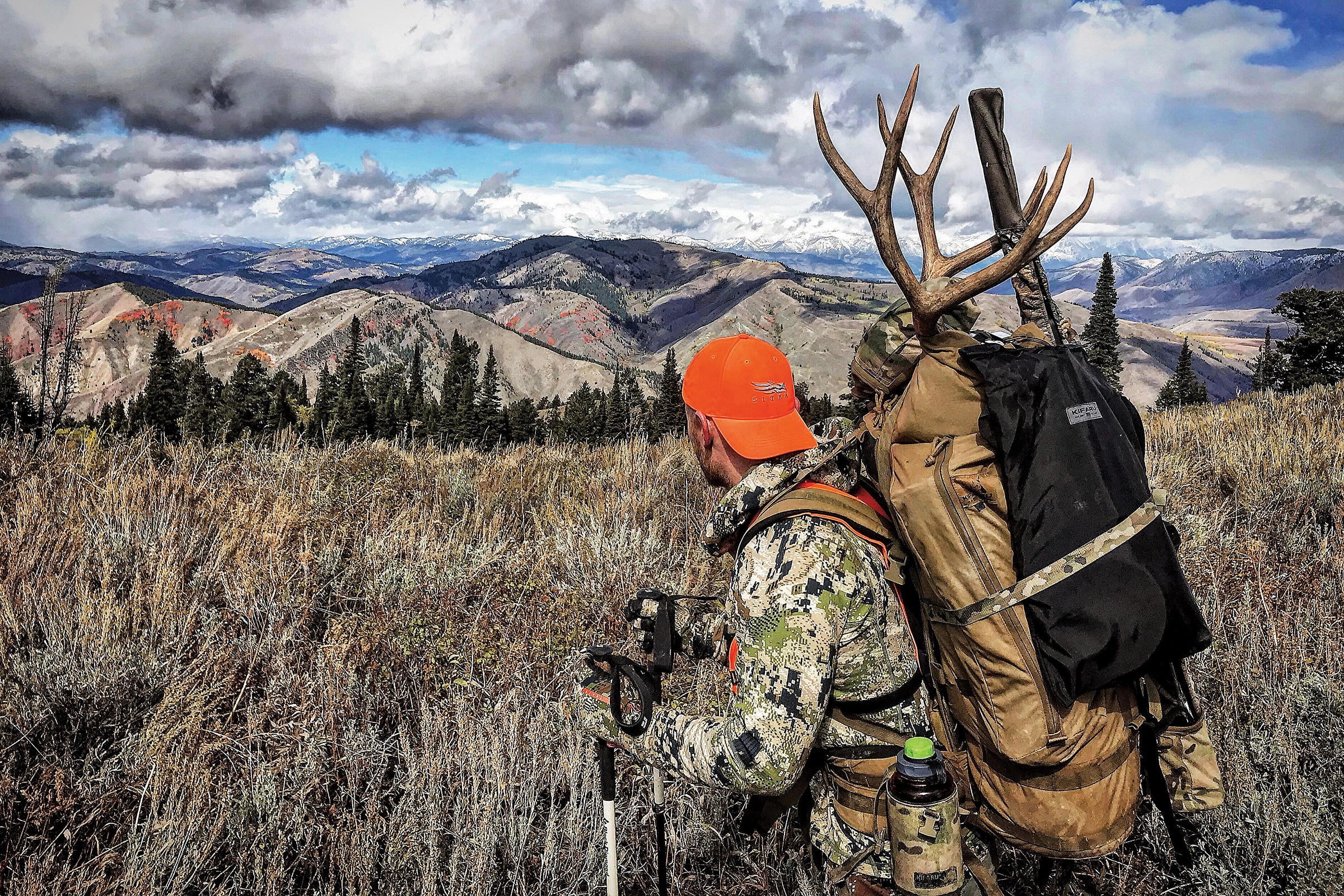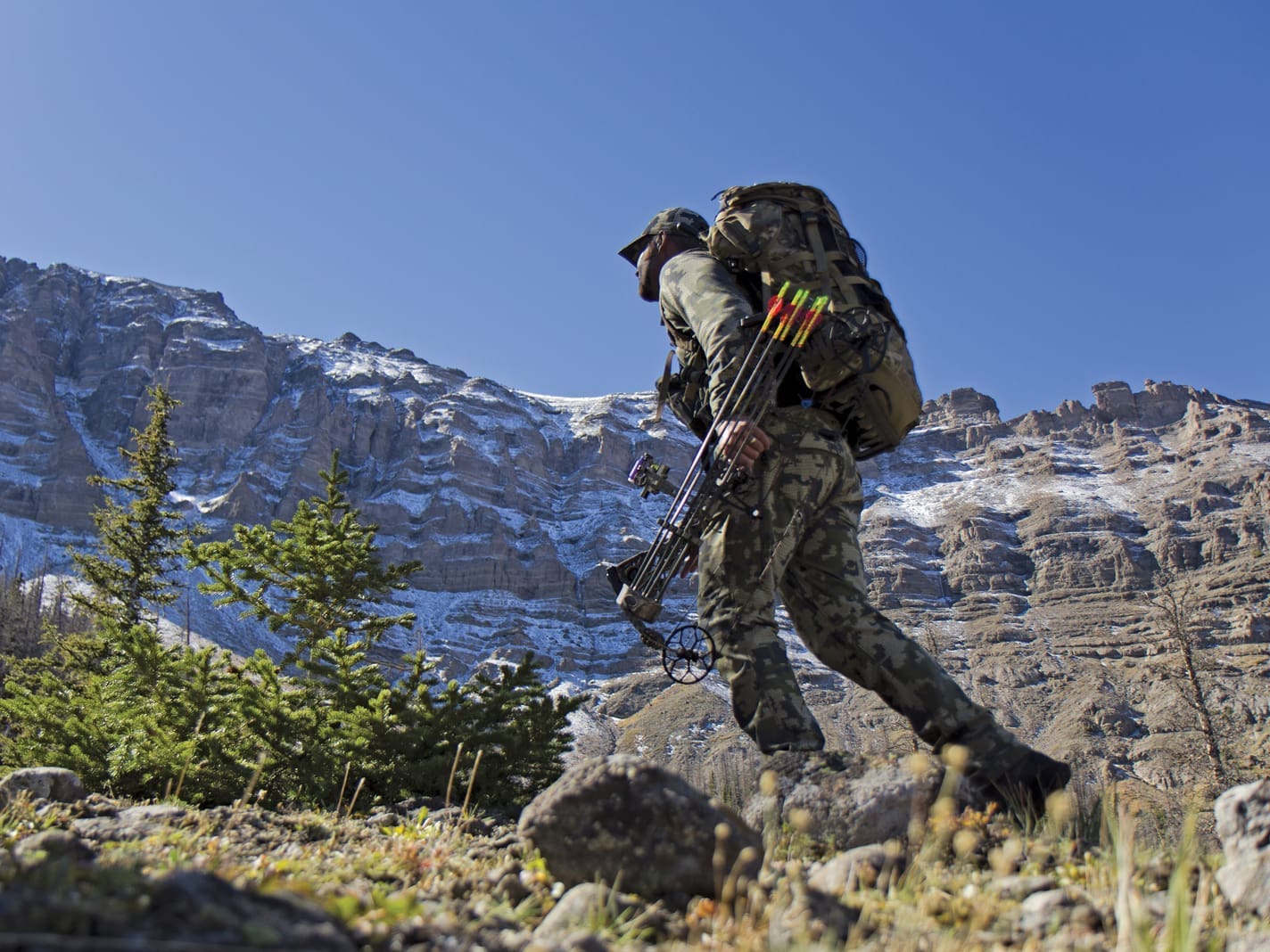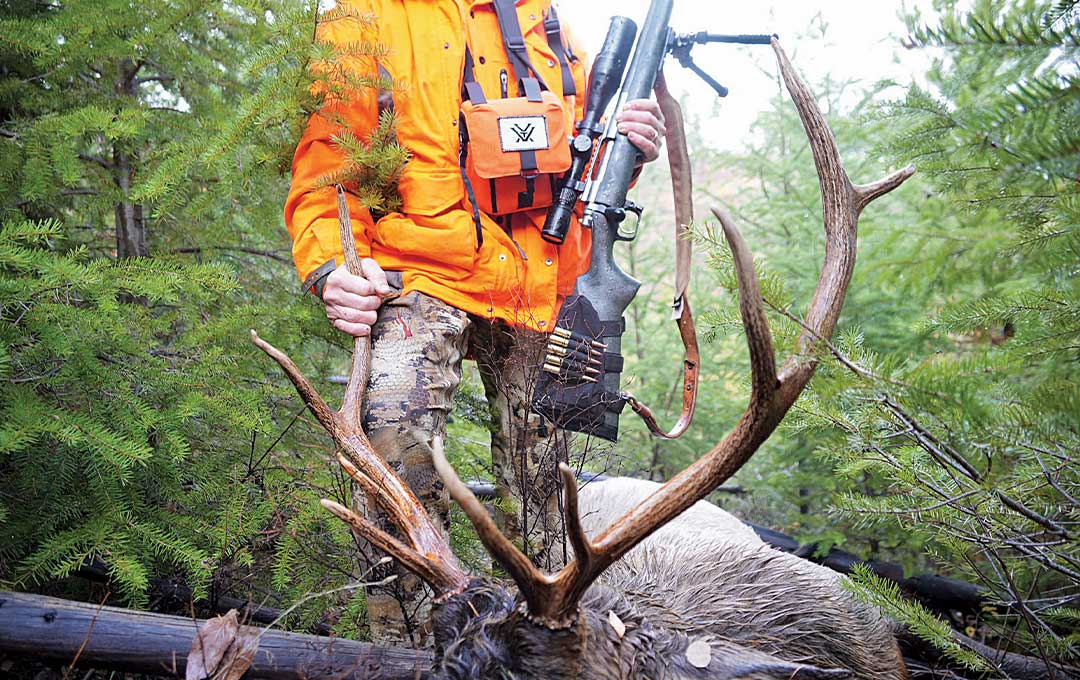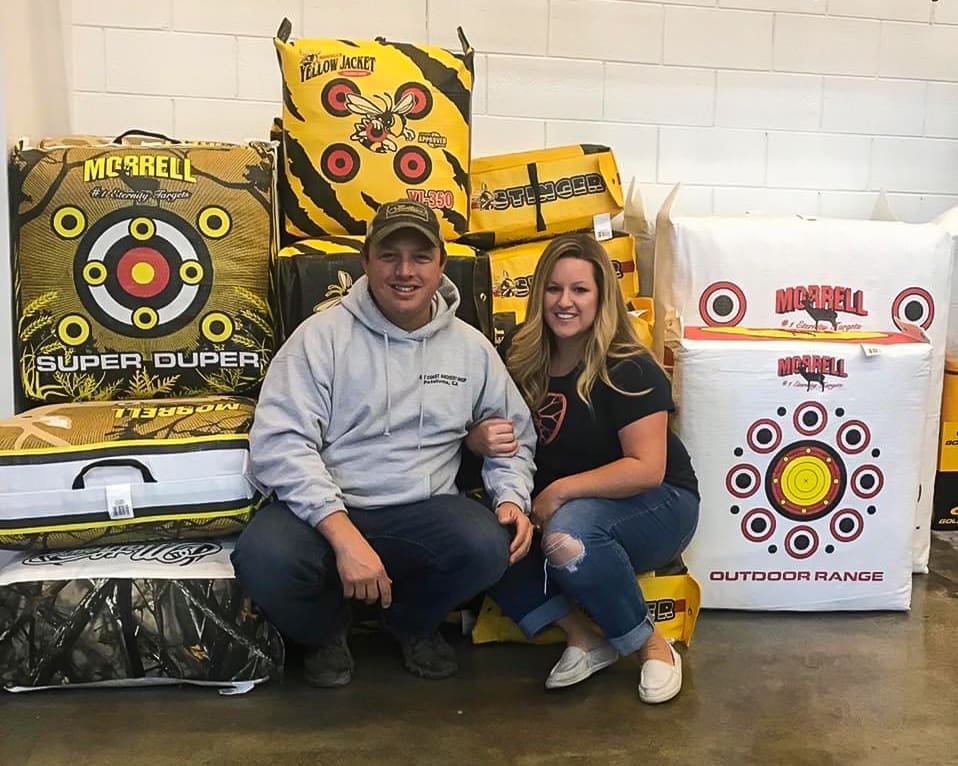
NOTICE: Certain links on this post may earn a commission for Western Hunter Magazine from Amazon or our other affiliate partners when you make a purchase. Thank you for your support.
5 Common Accuracy-Inhibiting Factors
We hear the old adage “practice makes perfect” all the time. We also know those people who shoot their bow and practice for a bowhunt relentlessly, yet still can’t quite get a good group or continuously make a rough shot in the moment of truth. So, does practice really make perfect? The tough part about being accurate with your bow is that you don’t know what you don’t know.
Being shop owners we see it all the time. Practicing with bad habits or poor execution doesn’t usually create positive results. Archers can often shoot accurately at short distances even with some accuracy-inhibiting issues, but the truth comes out when an extreme element is applied, such as shot distance or the resistance of a broadhead on your arrow. Although the complete list of considerations is long, here are our top 5 tips for improving accuracy with your hunting bow:
1. Practice with Broadheads
Finding the correct broadhead for your setup takes some trial and error. Buying a pack of broadheads because your friend said to get them and heading out for a hunt isn’t recommended, yet it happens all the time. If you choose to shoot mechanical broadheads, you’re probably practicing with a practice head or just a field point.

That works for most mechanical broadheads. However, it is CRITICAL to shoot fixed blade broadheads through your setup before you hunt. Furthermore, you should be practicing at a distance where you feel comfortable taking a shot while hunting. Fixed blade broadheads have a lot more surface area than most mechanical broadheads and can quickly expose any tuning and/or shooting form issues. You need to sacrifice one of your fixed blade broadheads to shoot into a target for practice and save the others for hunting.
2. Practice Cutting Angles
Make sure you have a good rangefinder that adjusts for angles. When you’re shooting on an incline (uphill or downhill) the trajectory of your arrow changes, and it’s compounded with steeper angles and further distances.
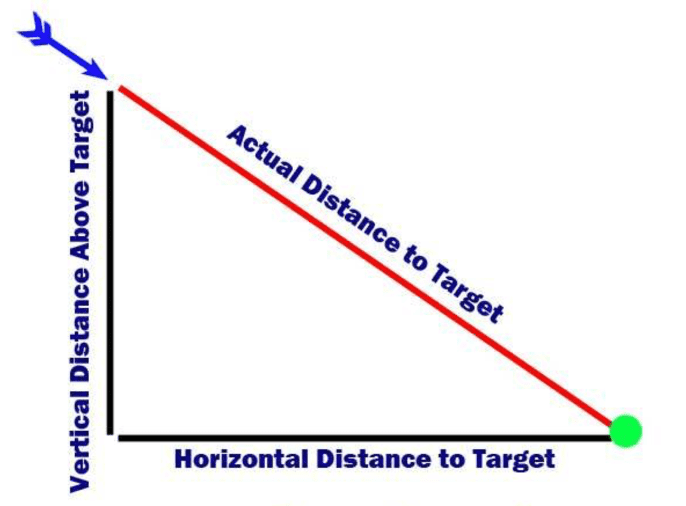
It’s important to note that the yardage you use on an incline isn’t always the yardage you’d use for a flat shot. Be sure to spend time practicing uphill and downhill shots.
Notice what happens to the trajectory of your arrow in different inclines. Some archers figure out a “rule of thumb” for their setup, some use an angle cut chart, and most use a good rangefinder that adjusts for angles automatically. Nonetheless, practicing on nothing but a flat yard and then taking real-life hunting shots on game in steep terrain is often a quick recipe for poor results.
3. Use a Proper Peep Size
Your peep size should match the housing of your sight. There are a few schools of thought around the “correct” way to use a peep sight. The most common way is to center your entire sight housing within the visual perimeter of your peep, and then focus on your pin. The bright-colored ring around your sight housing should be a visible ring just on the inside of your peep. This method creates less room for error. Conversely, if you can see a gap between your sight housing and your peep, you have more room for error. Consistent sight picture and alignment are key to consistent accuracy, especially at further distances.
4. Avoid Facial Pressure
Many shooters don’t even know that they’re doing it. A solid anchor has a few consistent points of contact between your string/nock/release and your face for reference. Applying pressure to your bowstring in any of these contact points affects the flight of your arrow.

There are even products that can be attached to your string to help alleviate this issue such as a kisser, nose button, or even a serving knot. If you have to apply too much pressure to see through your peep clearly, chances are your peep probably needs to be adjusted. Once again, we’re aiming for absolute shot-to-shot consistency here.
5. Shoot the Correct Arrow Spine
The spine of your arrow is specific to your bow set up and specs. Accuracy and consistency are compromised by incorrect arrow spine. Starting with the manufacturer's spine chart is a great first step, however, it doesn’t always result in the best match.
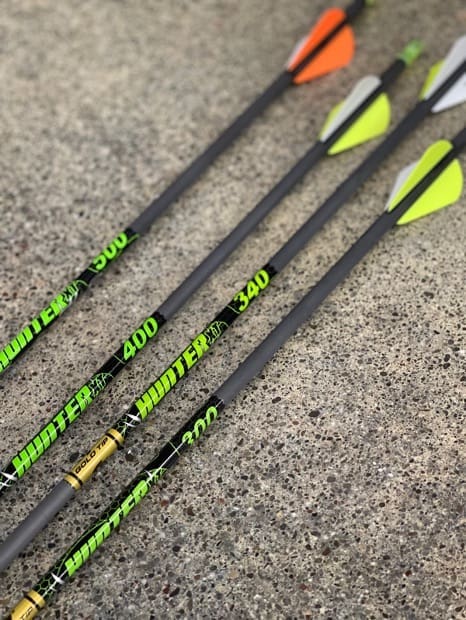
Understanding how different variables affect your arrow spine such as point weight, arrow length, and draw weight of your bow is critical. Once you’ve settled on your desired configuration, shooting through paper is the best way to confirm how your arrow is reacting to your bow setup. At this point, minor changes can be made to your arrow configuration and the tune of your bow to achieve optimal arrow flight. Many assume that achieving that perfect “bullet hole” on paper is a matter of adjusting the arrow rest, however, in the shop we often find that the best results come from tweaking draw weight, arrow spine, point weight, or arrow length is necessary to attain perfect paper results.
Conclusion
We could go on for days about factors that inhibit archery accuracy. Our best advice is to get to know your equipment and shoot throughout the year. Learn how components on your bow work together. How do you adjust your sight? Pins? 2nd and 3rd Axis? What is the relationship between your peep height and sight adjustment? With that being said, we are NOT suggesting that you move components around on a bow that you just had a pro shop tune for you. They might not be too happy when you bring it back for them to fix! Do, however, shoot your bow often, practice proper form, go through your shot cycle, and get to know your components. And of course, keep the 5 tips above in mind. Practice might not always make perfect, but paired with sound knowledge it will help you to progress into a more accurate shooter.
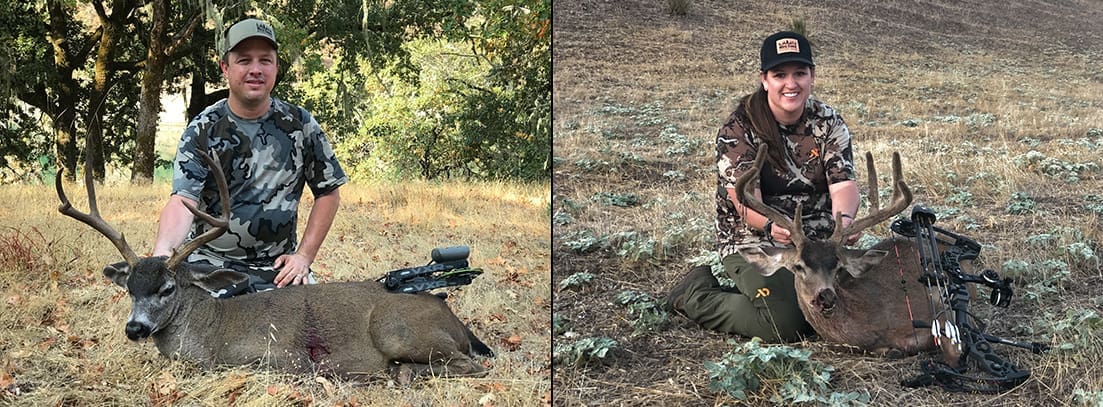
Follow Hans, Adrienne, and the whole West Coast Archery team @WestCoastArcheryShop located in Petaluma CA.


